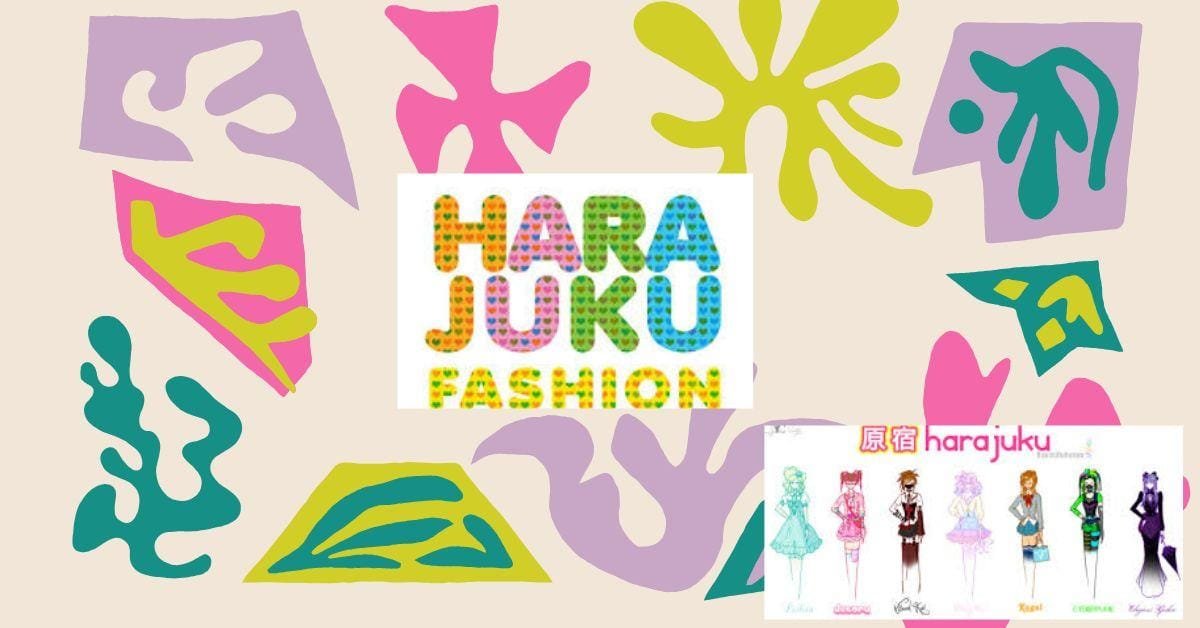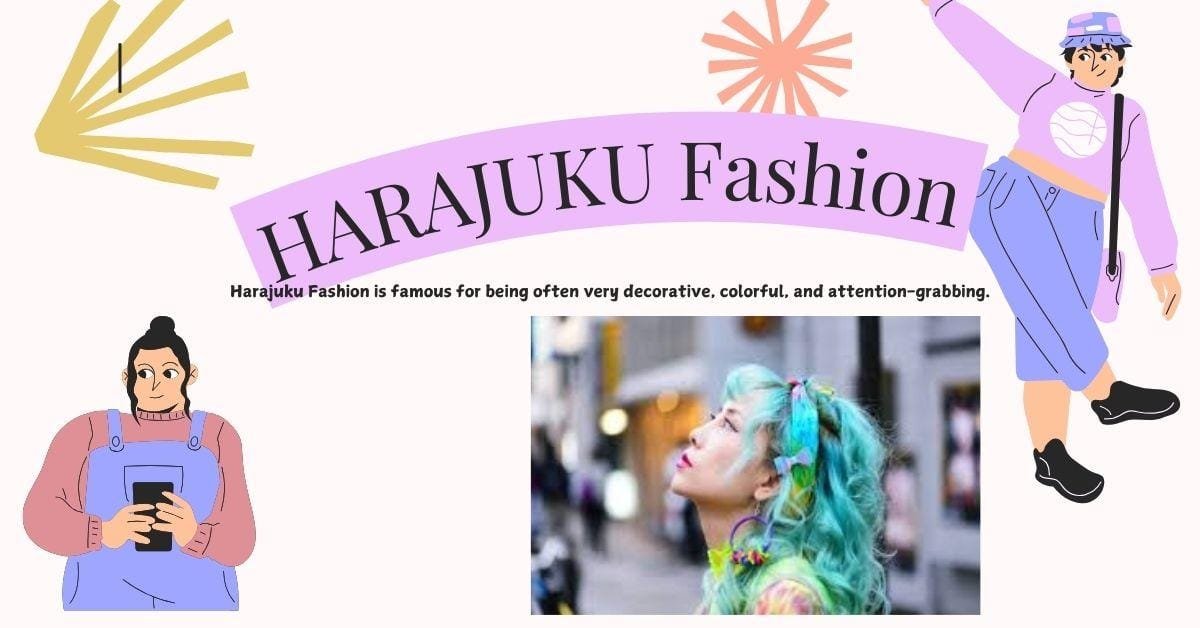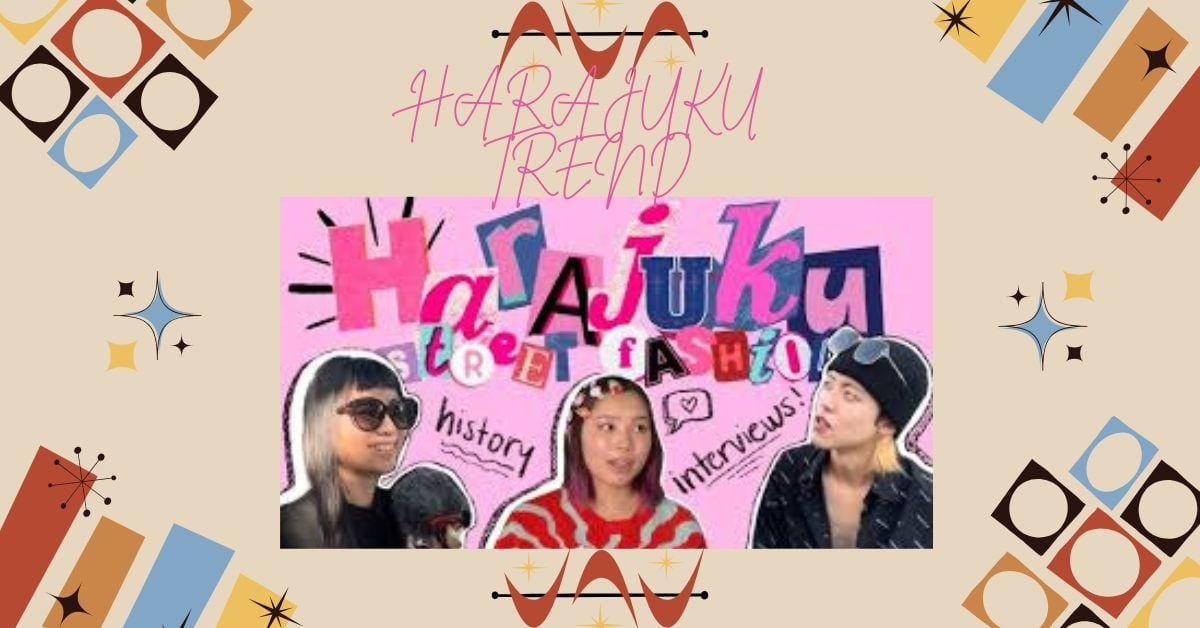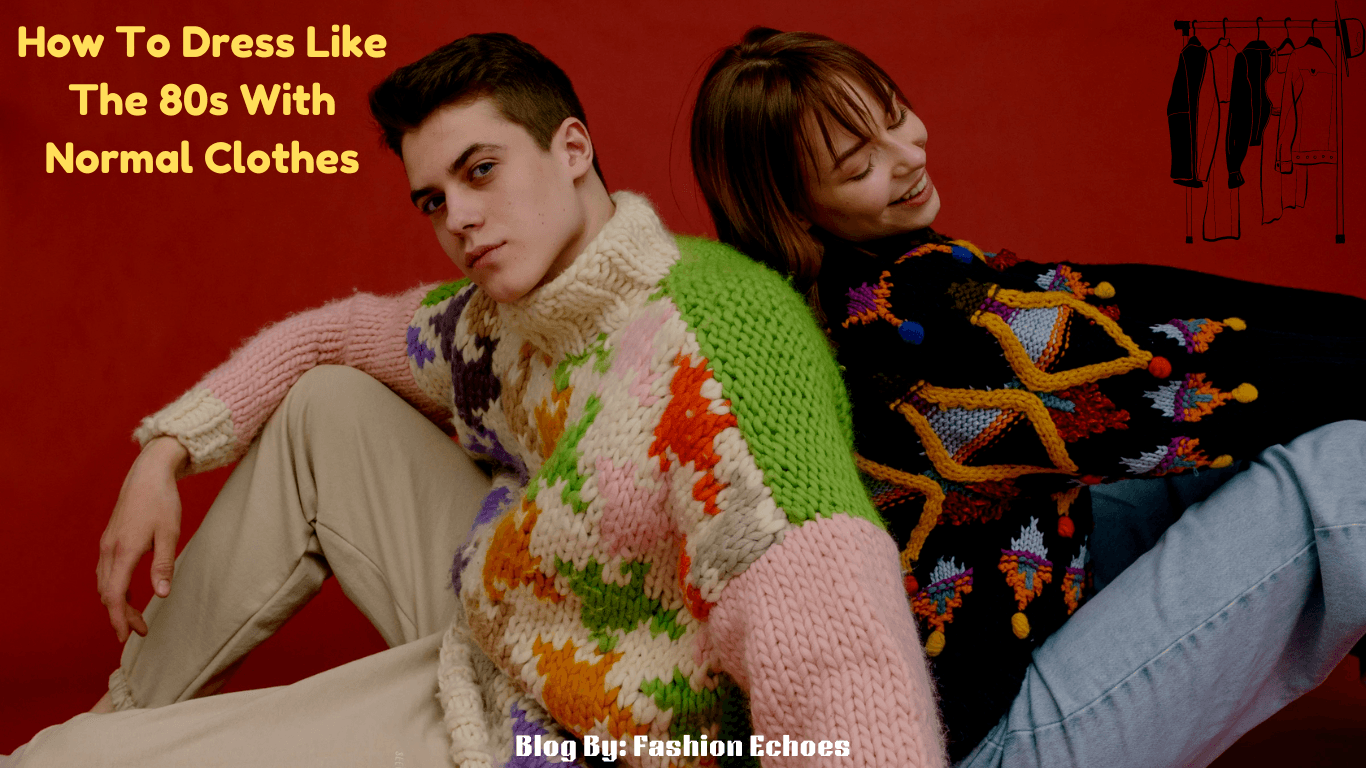The term “Harajuku Fashion” describes a broad range of Japanese fashion trends and aesthetics that have their roots in Tokyo’s commercial Shibuya district’s Harajuku neighborhood. The neighborhood has a long history of establishing numerous popular and contemporary styles and subcultures domestically and abroad, earning it a reputation as Japan’s center for alternative fashion. Not all Harajuku fashion is Kawaii, Lolita, or Decora, despite the fact that they are occasionally used interchangeably.
Japan’s young culture started to flourish in the 1970s. Many Harajuku fashion retailers and accessory shops relocated from Shinjuku to Tokyo, Japan’s Shibuya District, which is now famous for its department store Shibuya 109, as J-Fashion and entertainment evolved into the modern era. In the end, a lot of start-ups settled in the Harajuku fashion Area, particularly on Takeshita Street throughout the 1980s. As the decades went by, the area was linked to the launch of numerous J-Fashion periodicals and shops, and it soon started to include global brands.
Around this time Harajuku fashion gained notoriety for its outrageous fashion, and the rise of popular alternative styles like Decora and Lolita was influenced by bursts of interest in Western music and Harajuku fashion. People from the general public began to flock to the neighborhood and recognize it as a prominent fashion destination for both locals and visitors thanks to movements like the Takenokozoku wave.
Nowadays, Harajuku fashion is more well-known for its impact as a general commercial district, entertainment hub for youth culture, and retail area than for its fashion. Numerous cultural sites, including Yoyogi Park, the Laforet Harajuku Fashion Department Store, and Japan’s Meiji Shrine, may be found there. Nonetheless, one can still occasionally spot a lot of popular street styles like Decora, Lolita, etc.
It is well known that Harajuku fashion is frequently highly ornamental, vibrant, and eye-catching. Sanrio figures are well-liked. Kawaii, Decora, and Lolita are examples of lighter styles, as are their subgenres and other well-known forms. Harajuku fashion also incorporates darker trends, such as Gothic Lolita, dark Western alt, and some looks influenced by Visual Kei (e.g., Oshare kei). The goal is to incorporate a culture of free expression while being as self-expressive as one wants to be. Harajuku alternative styles are very diverse in terms of fashion. Among the styles are Decora, Osare kei (a Visual Kei branch), Fairy Kei, Lolita styles, and numerous Kawaii styles (such as Yami Kawaii). Harajuku fashion also heavily draws from Western styles like rock, goth, general alt, etc.
Although people wearing these styles can also be found in Harajuku. Harajuku fashion should not be confused with fashion from other regions of Japan, such as Gyaru (from Shibuya), Girly styles (such as Larme kei and Jirai kei from Kabukicho), vintage styles (such as Cult Party Kei, Dolly Kei, and Mori Kei from Koenji), Visual Kei, Mode, Cyber, and Mizuiro, etc.
Harajuku fashion is a way to express oneself. It is one of the reasons we enjoy people-watching and why street style has emerged as one of the most distinctive photographic movements of our day. As Matthieu Blazy frequently mentions “the streets” as inspiration for his renowned vision at Bottega Veneta, few things are as inspiring as witnessing how people dress in their daily lives. In order to better understand what people are wearing in the hippest districts across the globe, we have started a new street-style series. The month before, we learned about Mexico City’s surrealist sartorialism, and in June, we followed photographer Vivian Kim as she investigated Brooklynite fashion on a bright day spent between Fort Greene Park in Fort Greene and Herbert Von King Park in Bed-Stuy. To chronicle the style of Harajuku fashion, we traveled to Tokyo, where Shoichi Aoki, the founder of FRUiTS magazine and a photographer, worked. What Aoki had to say about the district was this:
There are likely more foreigners than Japanese people strolling around Harajuku these days. They were once observers of Harajuku fashion, but today they participate in it. It is a recent trend in the area. Rather than merely replicating the Harajuku fashion of the 1990s and 2000s, many Chinese and Korean people in this story appear to like and continue it. It was before the internet, and FRUiTS, the magazine I started, was a big part of the fashion that the young people in Harajuku’s fashion streets were creating at the time, which swept throughout Japan. This location has now become a sacred site for the Harajuku fashion of that era, which has spread around the world.
The term “Harajuku” may be familiar to you and conjure images of outrageous dress, but what exactly is Harajuku style? Usually found in Tokyo’s upscale neighborhoods, Harajuku fashion is an intriguing subculture movement that encompasses a variety of distinct looks, fashions, and communities. We will examine the origins of Harajuku fashion as well as some of the more recognizable styles in this essay.
The Harajuku district, a sizable urban fashion neighborhood in Tokyo that we include in our Tokyo weekend guide, is referred to as “Harajuku style.” It has traditionally been the epicenter of extravagant fashion, especially among youth and teenagers. Harajuku fashion refers to the collection of numerous styles in one location rather than a single fashion or manner of dressing. Although it may be used to describe nearly any fashion trend, the two main issues that the Harajuku fashion subculture is focused on are freedom of expression and community. You may easily identify many of the appearances you could see in the Harajuku district as belonging to one of the subculture communities; more on those later. People can locate like-minded individuals and publicly share what they appreciate and enjoy in these groups. The definition of Harajuku fashion is up for discussion. In defiance of Japan’s very strict social standards and restrictions, some people believe that young people are deliberately dressing up in outlandish and exciting ways while they can before feeling compelled to mature and fit in. However, for some, Harajuku fashion is just a celebration of personal freedom. In any case, Harajuku trends are a mainstay of Japanese fashion. Harajuku fashion flourished from the 1980s until the early 2000s. There were countless styles and looks available at the time, and subcultures were pervasive. The renowned FRUiTS magazine, which was established in 1997, featured a wide variety of appearances and styles. Although it occasionally covered other parts of Tokyo, FRUiTS was mostly concerned with taking pictures of fashionable people in the Harajuku neighborhood. The magazine would provide a succinct account of the individual’s age, occupation, and the inspiration behind their appearance. Although FRUiTS regrettably ceased print publication in 2017, the publication of its documentation of Harajuku fashion and wild Japanese fashion was far from over. After the magazine’s demise, Shoichi Aoki, the inventor of FRUiTS, continued to take pictures of fashionable young people. The Tokyo Fashion Instagram account showcases modern Japanese street fashion, especially from the Harajuku neighborhood.
There is too much overlap between the subgroups for a single article to cover them all. However, some of the more well-liked styles are as follows:
Lolita Large, elaborate skirts and gowns with lots of lace are essential elements of Lolita fashion. Classic, sweet, and Dark or goth The three most common styles are lolita.
Kogal or varsity ko-gyaru:
The fashionable short skirts, ties, and cosmetics of Japanese high school uniforms are the focal points of this fashion trend. It is common to wear knee- or thigh-high socks pulled up or loose. Dressing up as fictitious characters from video games, anime, novels, and movies, from accessories to costumes, is known as cosplay to elaborately designed and constructed costumes.
Decora: The vibrant and cute decor style is linked to the kawaii culture of Japan. As one might anticipate, it heavily utilizes accessories and well-known figures like Hello Kitty. These can include bags, necklaces, bracelets, and vibrant hair clips. Even plasters, which are frequently applied over the nose and have vibrant colors, are ornaments.
Goth. Although the style is frequently taken to extremes, as is typical of Harajuku fashion styles, gothic fashion in Japan is extremely comparable to gothic fashion in the UK. It frequently combines with other genres, such as steampunk and lolita, to give them a darker edge. We hope that this blog post has clarified the topic, “What is Harajuku fashion?” Please visit our site for additional information about Japanese culture. See our selection of kimonos if you want to learn more about traditional Japanese clothing. They are a wonderful way to reward yourself or a loved one.
Japan’s thriving fashion industry feeds and supports the enormous demand created by the fashion-conscious population, even though Japanese street fashion is renowned for the mix-and-match of various styles and genres, and there is not a single sought-after brand that can consistently appeal to all fashion groups. Yohji Yamamoto, Comme des Garçons, and Issey Miyake are frequently cited as the three mainstays of Japanese fashion. Due to their extensive use of monochromatic color and innovative design, they were especially well-known as a Japanese fashion force in the early 1980s.



